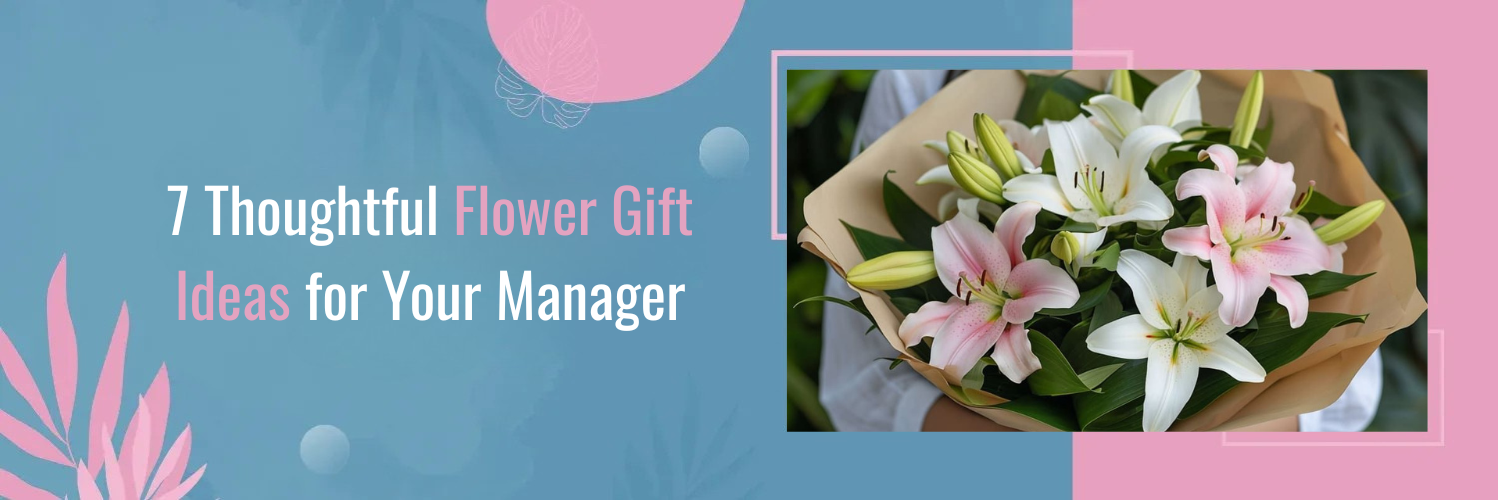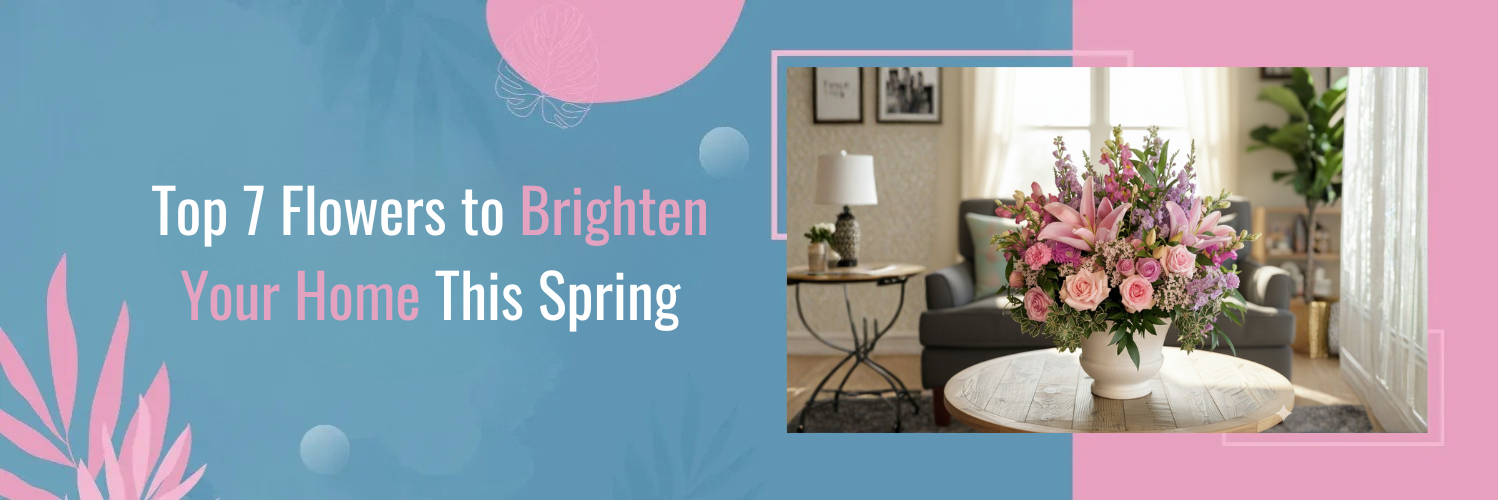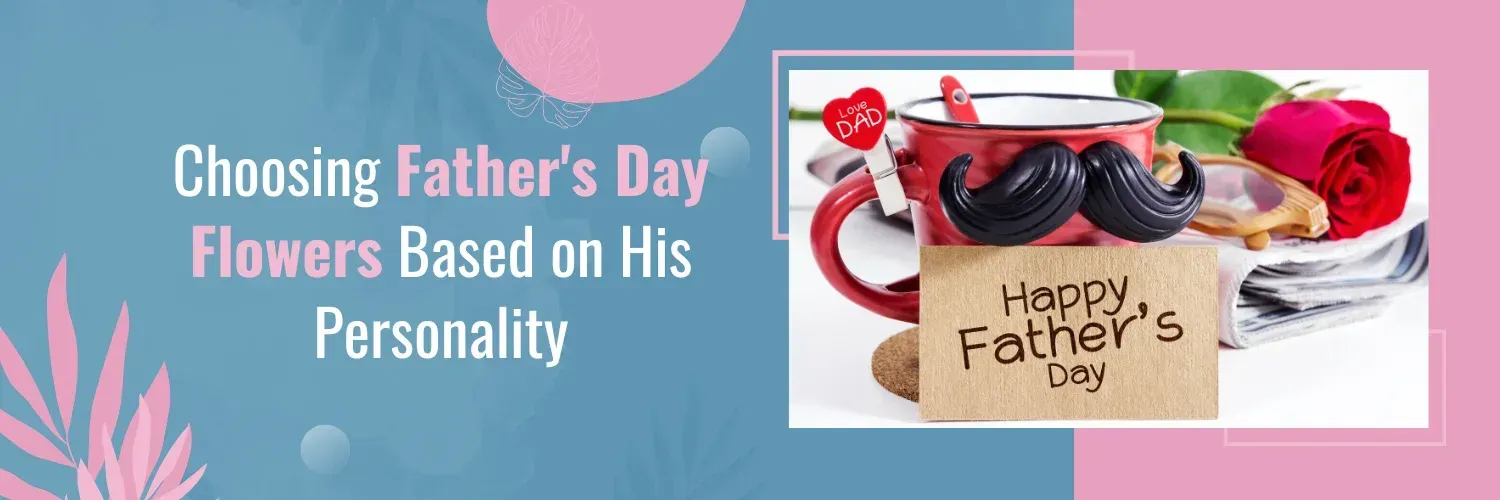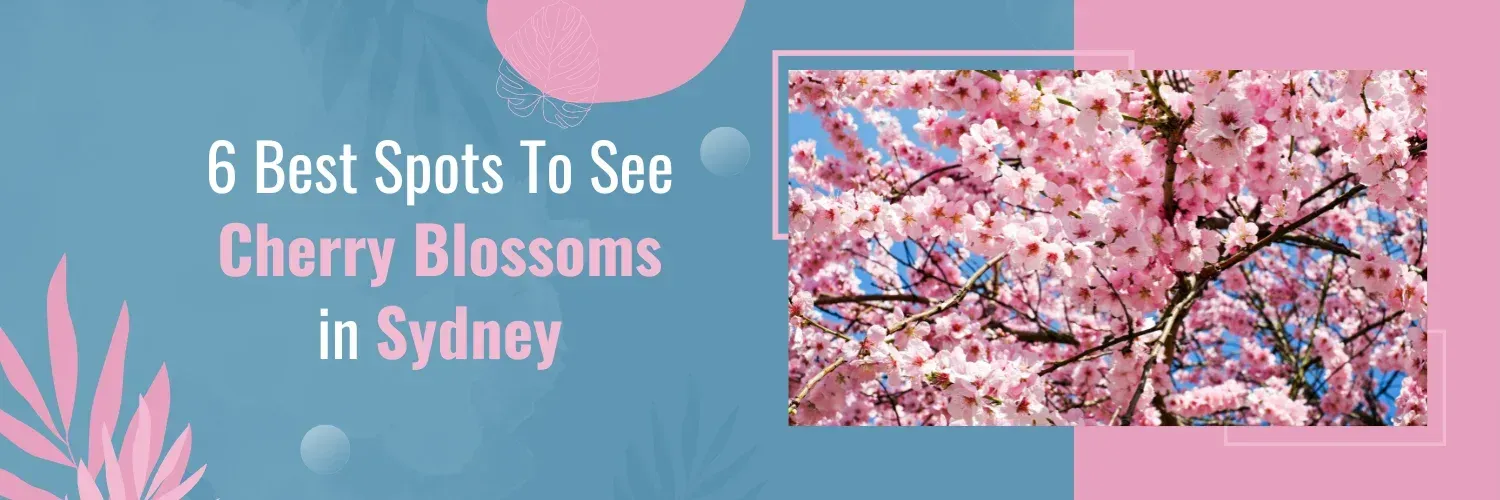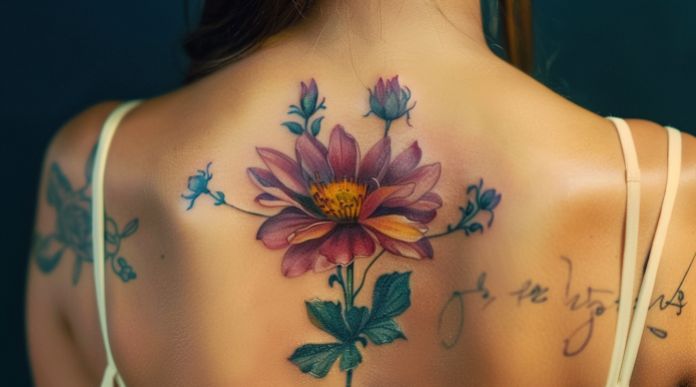January Birth Flowers
Birth flowers are a fascinating aspect of floral symbolism that connects each month to its own unique blossoms. These flowers are chosen for their historical significance, symbolism, and seasonal relevance. For those born in January, two lovely flower centre stage – the carnation and the snowdrop .
In this blog, we will provide valuable insights into creative ways to incorporate these blooms into your life, from stunning floral arrangements to thoughtful bouquets. So, let’s embark on this floral journey and uncover the enchanting stories behind January’s birth flowers.
The Carnation
The history and symbolism of carnations are as rich and varied as the colours they come in. Carnations, scientifically known as Dianthus caryophyllus, have a legacy that spans over two millennia.
Carnations have a deep-rooted history dating back to ancient Greece and Rome. They were highly prized by both civilizations for their captivating fragrance and elegant appearance. The name “carnation” is believed to be derived from the Latin words “caro” (flesh) and “natus” (born), referencing their fleshy colour colour.
In ancient times, carnations were used in various rituals and ceremonies. They were often incorporated into garlands and wreaths, making them a symbol of celebration and festivity. The Romans, in particular, used carnations in their religious ceremonies and festivals.
Symbolism:
The symbolism associated with carnations has evolved over the centuries, and different colours of carnations carry distinct meanings:
- Red Carnations: Red carnations symbolize deep love and admiration. They are a classic choice for expressing romantic feelings and are often given on Valentine’s Day.
- Pink Carnations: Pink carnations are associated with maternal love and gratitude. They are commonly given to mothers and are a symbol of appreciation.
- White Carnations: White carnations represent purity, luck, and remembrance. They are frequently used in sympathy arrangements to convey condolences and are a popular choice for weddings.
- Other Colors: Carnations come in a variety of colours, each with its own significance. For example, purple carnations can symbolize capriciousness, yellow carnations convey disappointment or rejection, and green carnations are associated with St. Patrick’s Day and luck.
Growing and Care Tips
Growing and caring for carnations can be a rewarding experience, as these resilient flowers are known for their longevity. Whether you want to cultivate them in your garden or keep them as potted plants, here are some essential tips for successful growth and care:
1. Sunlight
Carnations thrive in bright, indirect sunlight. They need at least 4-6 hours of sunlight each day, especially during the growing season. Place them in a location where they receive ample light but are protected from scorching afternoon sun, particularly in hotter climates.
2. Watering
Moderate and consistent watering is crucial for carnations. Keep the soil evenly moist but avoid waterlogged conditions, as this can lead to root rot. Water deeply when the top inch of soil feels dry, but allow the soil to dry out slightly between waterings.
3. Soil
Well-draining soil with good aeration is ideal for carnations. You can enhance the soil by adding organic matter, such as compost, to improve its texture and fertility. Carnations prefer slightly alkaline soil with a pH level between 6.0 and 7.5.
4. Fertilization
Fertilize your carnations regularly during the growing season (spring and summer). Use a balanced, slow-release fertilizer or a water-soluble fertilizer designed for flowering plants. Follow the manufacturer’s instructions for application rates and frequency.
5. Pruning and Deadheading:
Pruning is essential to encourage bushy growth and prolific blooming. Pinch off spent flowers (a practice known as deadheading) to promote continuous flowering and prevent seed production. Prune back leggy or damaged growth to maintain the plant’s shape and vigour.
6. Common Issues
Carnations can face certain challenges, including:
- Pests: Keep an eye out for common pests like aphids, thrips, and spider mites. Use insecticidal soap or neem oil to treat infestations.
- Diseases: Carnations can be susceptible to diseases such as powdery mildew and crown rot. Ensure good air circulation and avoid overhead watering to prevent these issues.
- Winter Protection: In regions with harsh winters, protection from freezing temperatures by mulching around the base of the plants and covering them with a layer of straw or pine needles.
7. Creative Uses
Carnations are not limited to traditional bouquets. Get creative with these versatile flowers:
- Combine carnations with other blooms in floral arrangements to add texture and colour.
- Use carnations to create beautiful boutonnieres and corsages for special occasions like weddings and proms.
- Experiment with drying carnations to preserve their beauty for long-lasting floral decorations.
The Snowdrop
Dive into the enchanting world of snowdrops (Galanthus) – the delicate January birth flower that symbolizes hope, renewal, and the promise of spring.
Snowdrops are native to Europe and Asia Minor and have been cultivated since the early 16th century. They earned their scientific name, Galanthus, from the Greek words “gala” (milk) and “anthros” (flower) due to their snowy colour.
Snowdrops have found their way into folklore and cultural traditions. In some parts of Europe, they are associated with Candlemas, a Christian holiday on February 2nd, which marks the presentation of Jesus at the temple and the purification of Mary. Snowdrops symbolize purity and the light of Christ in this context.
Symbolism and Significance
Snowdrops are celebrated for their symbolic meanings, which resonate strongly with their bloom time in the heart of winter:
- Hope: Snowdrops push their way through the frozen ground and bloom even when snow is still present, serving as a beacon of hope during the darkest and coldest days of winter. They remind us that better days are on the horizon.
- Renewal: These delicate blooms symbolize renewal and the rebirth of nature. Their appearance is a sign that spring is approaching, and life is returning to the world.
- Purity: Snowdrops’ pristine white petals are often associated with purity and innocence. They can be a beautiful choice for weddings, representing the purity of love.
Growing and Care Tips
Planting Snowdrops
Growing snowdrops is relatively straightforward, and they can thrive in various conditions:
- Timing: Plant snowdrop bulbs in the fall before the ground freezes. This allows them to establish roots and bloom in late winter or early spring.
- Location: Choose a location with well-draining soil and partial to full shade. Snowdrops can tolerate a range of soil types but prefer slightly acidic to neutral soil.
- Spacing: Plant snowdrop bulbs about 2-3 inches (5-7.5 cm) deep and 2-3 inches (5-7.5 cm) apart. They look best when planted in groups or clusters.
Maintenance
Snowdrops require minimal maintenance, but a few care practices can help them thrive:
- Watering: Water snowdrops sparingly. They prefer consistently moist soil but not waterlogged conditions. After they finish blooming, allow the soil to dry out slightly.
- Protection: In regions with harsh winters, provide a layer of mulch over the soil where snowdrops are planted to protect them from extreme cold.
- Propagation: Snowdrops can naturalize and multiply over time. You can divide clumps of snowdrops every few years to spread their beauty to other areas of your garden.
Creative Uses
Snowdrops are not just for garden beds, they have versatile applications:
- Naturalized Plantings: Plant snowdrops beneath deciduous trees, in woodlands, or along pathways for a charming naturalized look in your garden.
- Mixed Bulb Displays: Combine snowdrops with other early spring bulbs like crocuses, daffodils, and tulips to create a stunning display of colours and textures.
- Indoor Pots: Grow snowdrops in pots or containers indoors, offering a delightful touch of early spring on your windowsill.
Conclusion
January’s birth flowers, the carnation and the snowdrop, unveil a world of sentiment and symbolism perfect for celebrating those born in this month. Carnations, with their wide spectrum colours and rich emotional meanings, are ideal for expressing love, admiration, and cherished memories. Meanwhile, the delicate snowdrop symbolizes hope, renewal, and the imminent arrival of spring, making it a profound choice.
Whether you decide to cultivate these blooms in your garden, offer them as heartfelt gifts, or include them in your artistic floral arrangements, carnations and snowdrops are a truly enchanting choice for January birthdays.
Why not take the opportunity to make someone’s day truly special? Order a bouquet of carnations and snowdrops from Bourkes Florist to convey your warm wishes and appreciation. Celebrate the beauty of life with these exquisite flowers – a gift that will surely leave a lasting impression. Place your order now!
FAQs
Q: Are carnations and snowdrops readily available in January?
Carnations are typically available year-round, including in January, thanks to modern greenhouse cultivation techniques. Snowdrops, being winter bloomers, are more commonly found in the late winter or early spring, depending on your region. You may need to check with local florists or nurseries for their availability.
Q: Do carnations come in colours colours besides red, pink, and white?
Yes, carnations come in the colours of a wide colours, including purple, yellow, orange, and green colour colours carry their symbolic meaning, making carnations a versatile choice for various occasions and sentiments.
Q: Can I grow snowdrops indoors?
Yes, you can grow snowdrops indoors. Plant snowdrop bulbs in pots or containers with well-draining soil and place them in a cool, bright location. Water them sparingly to prevent waterlogging. Snowdrops can thrive indoors, providing a cheerful touch of early spring.
Q: Are there any superstitions or cultural beliefs associated with carnations and snowdrops?
Cultural beliefs and superstitions surrounding flowers can vary widely. In some cultures, carnations are seen as a symbol of distinct honour, while in others, they may carry different connotations. Snowdrops, on the other hand, are often associated with hope and purity in various cultural contexts, particularly in Christian traditions. It’s always interesting to explore the diverse cultural interpretations of these beautiful flowers.








